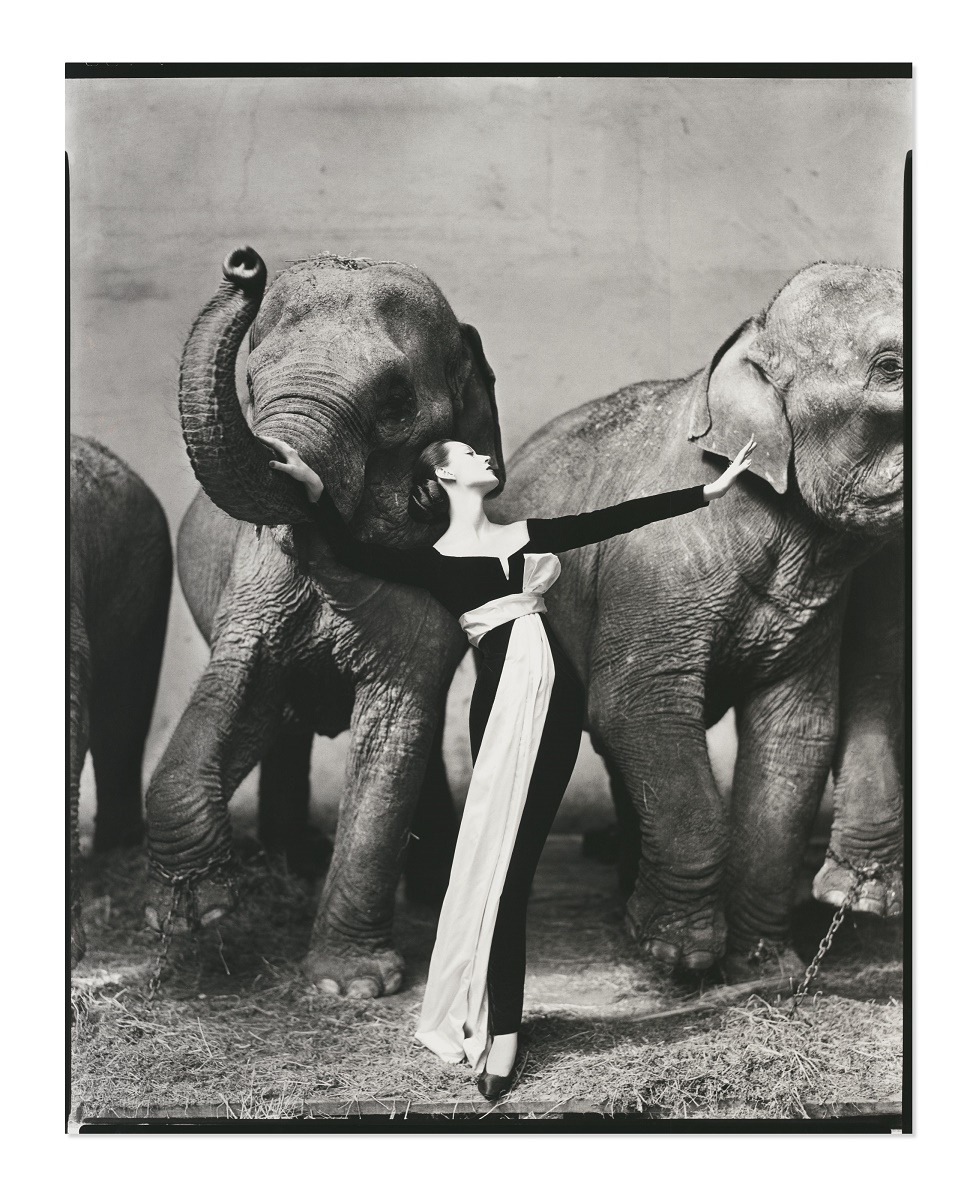Photography as a luxury investment
Inspired by our earlier interview with David Yarrow, The Wealth Report invited three art experts to talk about photography and its place in the world of collecting and luxury investments. Here are the highlights:
4 minutes to read
Panellists:
Giles Dyan - Chairman, Opera Gallery
Laura Paterson - Head of Photography, Bonhams
Dr Veronika Lukasova - Photographer, Lecturer and Director, ArtMarket Research
Should photographers be considered artists?
GD: I absolutely believe that people who use photography as a medium for creative expression should be considered artists, in the same way painters, draughtsmen or sculptors are.
LP: Since the beginning a battle has raged between those who call photography a documentary medium and others who call it art. It’s all about framing the image, propping, choosing your subject-matter, much like any other art form – so yes, absolutely.
VL: Definitely, but not every photographer is an artist, and not every visual artist who uses photography calls him or herself a photographer.
At what point does a photograph become art?
GD: When it is an extension of the mind and heart of its creator. The art is in the eye, not the device.
LP: It’s what creates emotional resonance in the viewer and that can mean very many different things to different people. In the 1970s there was a famous row involving Ansel Adams, who argued that the Museum of Modern Art in New York shouldn’t exhibit the work of William Eggleston because it was in colour.
VL: When the intention of the maker is to create art. Photographs by Richard Avedon and Robert Mapplethorpe embody heightened ideas of beauty, desire and perfection. Not surprisingly, they are among the most sought after at auction.
Does a photograph need to be considered art to be collectable?
GD: There are many types of photography, such as photojournalism, commercial photography and photography that was meant to be art from the beginning. All types are collectable nowadays.
LP: People collect photojournalism and historical photographs that were never to be enjoyed in the same way as a painting. Images of the Antarctic voyages, for example, achieve enormous amounts of money at auction.
VL: In November there was a huge sale of photographs depicting space exploration by NASA and other agencies. Many are taken by an unidentified photographer or a probe; it’s the landmarks and the human history they depict that give them value.
How is the market for photography performing in terms of demand and prices?
GD: Since Opera’s inception in 1994 we have definitely noticed a rise in demand, not only for the globally known names we represent, such as Ellen von Unwerth, but also for younger emerging artists. As for the prices, some photographs are sold in the region of six or even seven figures.
LP: I think prices have been rather flat, except for really exceptional objects. There was a sale of photographs by Ansel Adams in December, and that did phenomenally well.
VL: AMR’s Contemporary Photography 50 Index shows a 21% fall compared with 2019, but that’s not to say that everybody is under-performing. A photograph by Richard Avedon, Dovima with Elephants, was sold by Christie's last July for a record US$1.8 million and Bill Viola, a conceptual artist and photographer, also had a good year.

What kind of photography is currently attracting the most interest from collectors?
LP: People like Adams are completely blue chip. Also, side by side with the growth of the contemporary art market, people want their photographs to be bigger, and they want them to be largely decorative.
VL: The art market reflects broader cultural shifts Last year, for example, Zanele Muholi, a South African visual artist who’s currently exhibiting at Tate Modern here in London, set a record price of £28,000 for one of her photographs. There’s going to be a continual rise and recognition of artists that are currently under the radar.
Are you seeing any changes in the type of people who collect photography?
GD: We have noticed over the years a growing interest in photography from our collectors in general and a lot of crossover buyers from other mediums. This is probably due to all the fabulous photography exhibitions in museums, galleries and fairs.
LP: The kind of collectors are changing, and more traditional collectors are changing the way they buy. In the past, online auctions for serious collectors were thought of as a bit of a joke. New clients, younger clients, are quite happy to buy at high levels online. So I think the market is spreading.